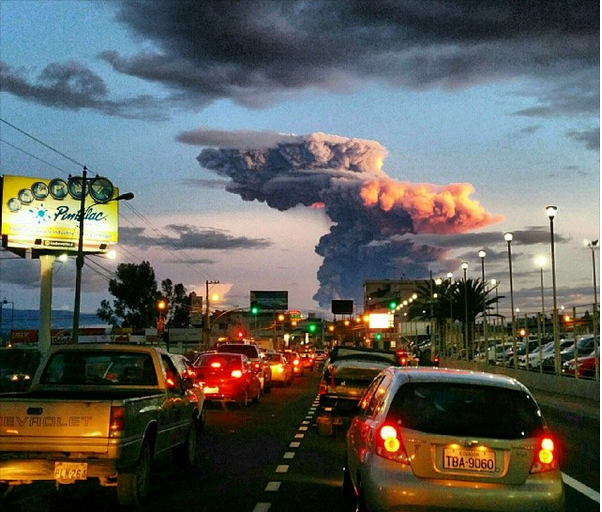Astronomers have observed a white dwarf, a dense, compact, burnt-out star acting as a magnifying glass for another star that it is orbiting.
Nature reports that physicists Ethan Kruse and Eric Agol from the University of Washington in Seattle, noticed an increase of 0.1 per cent in the larger star’s brightness every 88 days that lasted for 5 hours.
Using data from NASA’s Kepler spacecraft they observed that the star’s gravitational effect was acting like a magnifying glass every time it crossed the line of sight between the other star and Earth, leading to an increase in the star’s overall brightness.
Watch the white dwarf in action and see why astronomers are excited by this outer space phenomenon.
Watch the white dwarf in action below and see why astronomers are excited by this outer space phenomenon.

























